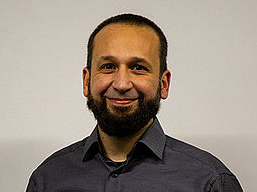Ribosome and RNA Homeostasis
Ribosome and RNA Homeostasis
The Sébastien Ferreira-Cerca´s group aims at characterizing conserved and specific molecular principles involved in RNA metabolism across the different domains of life and is particularly interested in those that are involved in the ribosome life cycle.
For this purpose, we are using a combination of approaches, like genetic, biochemistry, molecular, cellular, and structural biology approaches as well as a wide range of model organisms, including the model archaea: H. volcanii and S. acidocaldarius.
Our research focuses on 3 main axes
Axis I: Conserved and specific molecular principles involved in the ribosome life cycle
Ribosomes are universally conserved large ribonucleoprotein particles ensuring protein synthesis in every cell. The universal conservation of ribosome function and structure offers a unique paradigm for understanding how RNP assembly mechanisms and functions have evolved. Our research aims to contribute to a better characterization of conserved and specific molecular principles involved in the ribosome life cycle and define the key principles of archaeal ribosome homeostasis.
Accordingly, we are investigating ribosome synthesis, assembly, function, degradation, the subcellular organization of these processes, and the underlying regulatory mechanisms controlling them. Moreover, to better understand the functional conservation of these molecular principles, we use functional comparative analysis across different archaeal model organisms like H. volcanii and S. acidocaldarius (e.g., Knüppel et al., 2018; Jüttner et al., 2020; Knüppel et al., 2021), but we also exploit additional model organisms across the tree of life, like E. coli (e.g., Knüppel et al., 2021) and/or S. cerevisiae (e.g., Knüppel et al., 2018).
Over the past years, our studies have provided additional in vivo insights into the ribosomal RNA maturation process in archaea (Grünberger et al., 2022 BioRxiv) and into the archaeal small ribosomal subunit biogenesis. Notably, our work has provided in vivo functional evidence of similarities between the late steps of archaeal and eukaryotic small ribosomal subunit biogenesis (Knüppel et al., 2018), as well as functional specificities of the archaeal ribosome biogenesis (Jüttner et al., 2020; Schwarz et al., 2020; Knüppel et al., 2021).
Axis II: Defining the archaeal RNA binding-proteome and protein-protein interactions landscape
The systematic identification of RNA-binding proteins and protein-protein interactions, and the determination of their respective functional contribution to cellular metabolism has been applied in bacterial and eukaryotic model organisms, however, such a comprehensive view has not been obtained for any archaeal organisms.
Using tailor-made RNA/RNP-interactome capture strategies and systematic protein-protein interactions analysis we aim to contribute to:
1) define the core archaeal RNA-binding protein and protein-protein interactions landscape as well as their dynamics across multiple conditions,
2) functionally characterize conserved and specific features of the archaeal RNA metabolism, and
3) explore structural and functional innovations of archaeal RNPs.
Axis III: Expanding the archaeal toolbox
In part due to their late discovery and specific growth conditions, several otherwise “well-established” key methodological tools for the analysis of gene expression have not been applied or adapted to the study of archaeal biology. To fill up some of these technological gaps we are continuously adapting various methodologies facilitating the analysis of (r)RNA metabolism and gene expression in archaea.
Over the last few years, we have optimized the utilization of nucleotide- and amino acid-analogs (Knüppel et al., 2017; Knüppel et al., 2021, Braun et al., 2022, Kern & Ferreira-Cerca 2022) as well as in vivo RNA structure analysis using SHAPE reagents (Knüppel et al., 2020; Knüppel et al., 2021), in the model archaea Haloferax volcanii and/or Sulfolobus acidocaldarius.
Recently, we have also explored the Nanopore sequencing technology to analyze ribosomal RNA processing and modifications (Grünberger et al., 2022 BioRxiv).
TEAM
-
Sébastien Ferreira-Cerca - Directeur de Recherche CNRS / Professor École polytechnique

-
Clara Moch – IE CNRS
-
Tom Garnier – Ph.D. candidate (École polytechnique)


